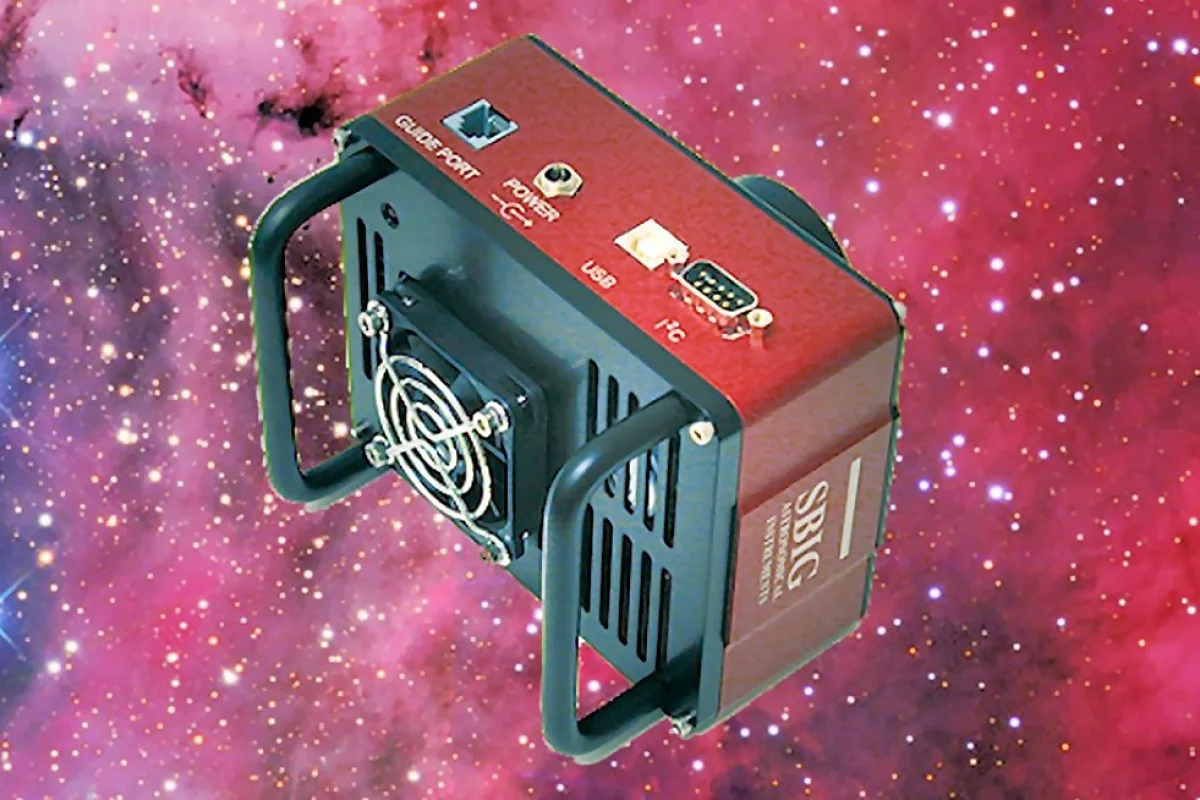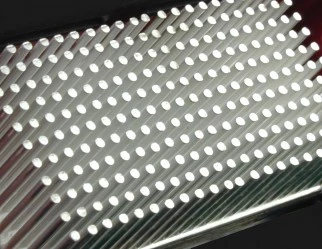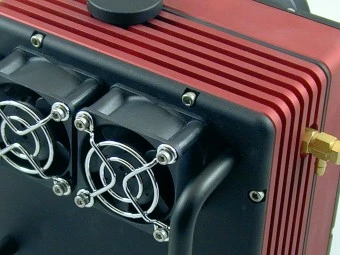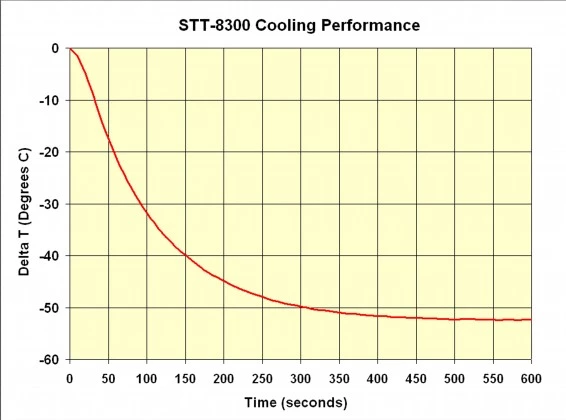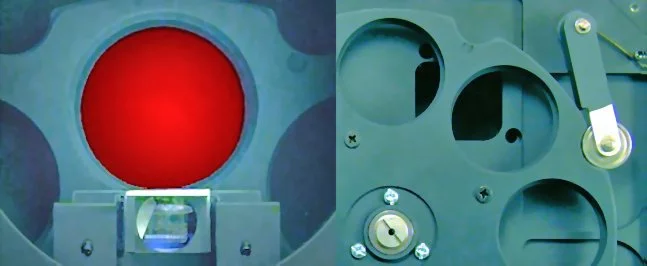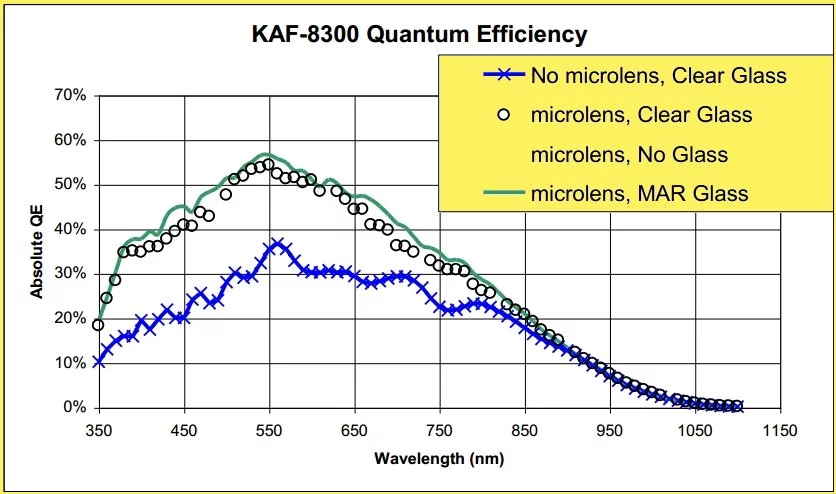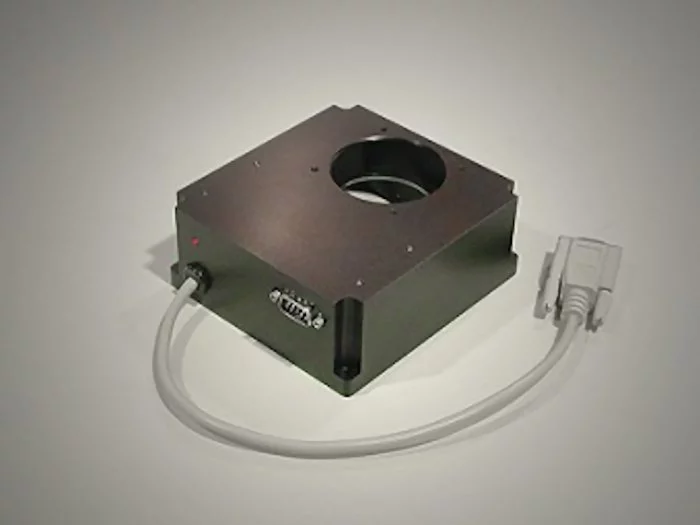Although one can begin to explore amateur astrophotography with a smartphone camera or a webcam, today's tool of choice for this pastime is a special-purpose, cooled CCD camera. The case in point is the new STT-8300M astrocamera from Santa Barbara Imaging Group (SBIG).
Back in the day, taking photos of deep-sky objects (nebulae, clusters, galaxies, etc.) meant adapting single lens reflex cameras so that the film could be cooled with dry ice or liquid nitrogen, hypersensitizing film with forming gas and long, tedious hours of keeping a guide star precisely at the intersection of a set of cross hairs in a guiding telescope.
Nearly everything about astrophotography has changed in this age of electronic imaging, except the feeling of satisfaction that comes from your first photo of a new object.
The STT-8300M is a dedicated CCD camera with thermoelectric cooling and a variety of features making it ideal for astrophotography. This camera includes USB 2.0 and Ethernet data transfer, an internal image buffer, readout of an 8.3 megapixel image in less than a second, thermoelectric cooling, and filter wheel and autoguiding options.
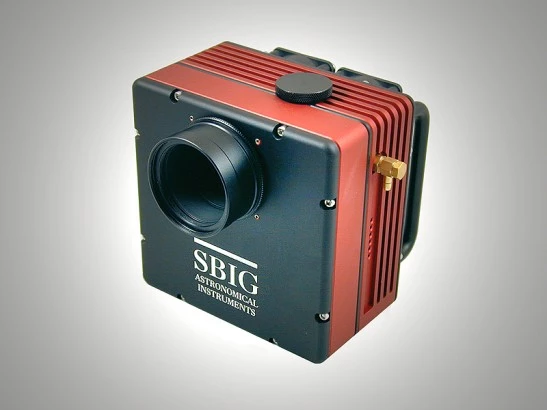
The heart of a CCD camera is of course the sensor. SBIG has chosen a black and white version of the Kodak KAF-8300 CCD image sensor chip, which is one of the most popular image sensors for astrophotography. (Kodak recently sold their CCD products to True Sense Imaging, which is the present source.) The active region of the sensor is about 18 by 13.5 mm (0.71 x 0.53 in) having a 3326 x 2504 pixel array for a total of 8.3 megapixels. Each of those pixels is a square measuring 5.4 microns on each side, just the right size to match the resolution of f/10 telescopes, such as the Schmidt-Cassegrain, that are so popular in the amateur market.
The optoelectronic performance of the KAF-8300 imaging sensor is also quite remarkable. In the days of photographic film, about one photon in a hundred would result in a grain turning dark, and the film becomes even less effective in longer exposures. In contrast, the quantum efficiency of the KAF-8300 is about 55-60 percent, so that over half of the photons that hit the sensor generate a photoelectron that adds to the image. In other words, the KAF- 8300 collects the light needed to make an image about 100 times faster than photographic film.
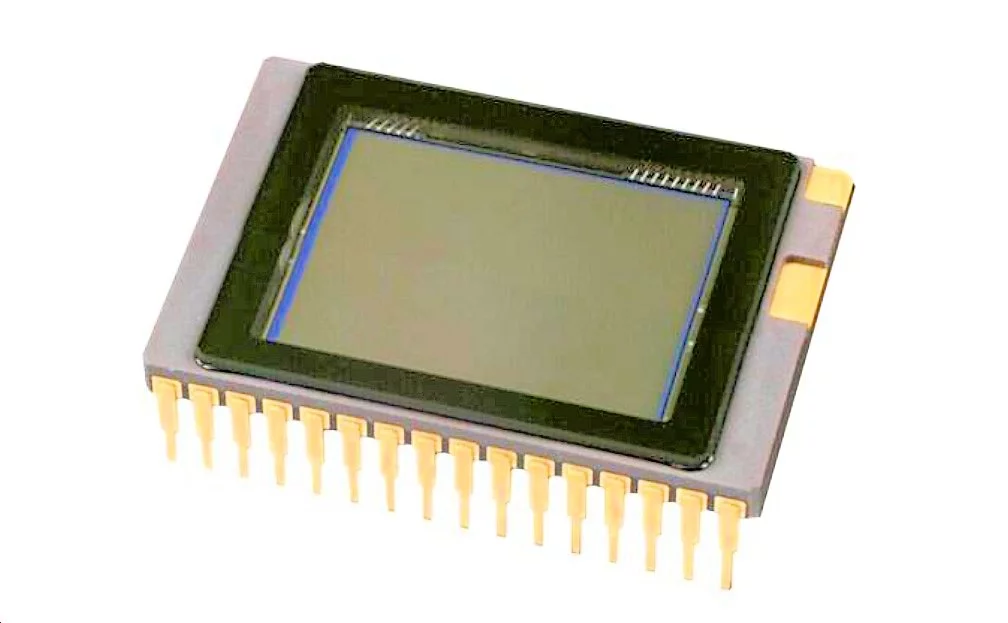
The overall size of the STT-8300M is 4.9 x 4.9 x 2.9 in (12.4 x 12.4 x 7.4 cm) in size. It weighs 2.7 lb (1.2 kg), but will often be matched with a self-guiding color filter wheel that provides an additional CCD sensor for automatic guiding of the telescope during an exposure. With this color wheel, the thickness of the camera is about five inches, and the total weight is 5.2 lb (2.4 kg). This is quite a large package to perch on a telescope focuser, as telescope eyepieces generally weigh under a pound. The STT-8300M can be stably attached to the rear cell mount on a Schmidt-Cassegrain scope, but will probably require additional support to be used with a rack and pinion focuser.
Aside from a sturdy build and good electronics, a high-performance CCD camera requires a high-performance cooling system to reduce dark current. The STT-8300M shines here with its two-stage thermoelectric cooling system a with pin fin heat sink. This cooler can reduce the temperature of the KAF-8300 imaging chip to about 55 C below the ambient temperature. A thermoelectric cooler works by pumping heat from a cold side to a hot side, with some means for removing waste heat from the hot side.
In the STT-8300M, there are two ways to cool the hot side to get maximum performance. Normally a set of internal fans will cool off the CCD. If more cooling is desired, the STT-8300M comes equipped for water cooling. If a source of water cooler than the surrounding air is available, using water cooling will reduce the final temperature of the CCD significantly below the temperature that can be attained using air cooling.
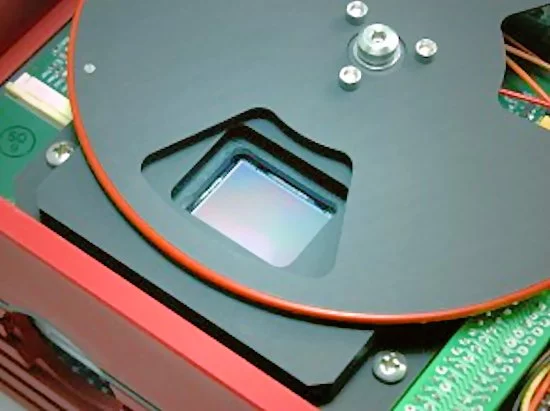
Other features of the STT-8300M include a mechanical shutter designed to provide equal exposure times for each pixel on the imaging chip, a feature important for acquisition of precision dark fields for increasing the contrast of the final image. With the self-guiding filter wheel, the camera provides feedback control to maintain a precise orientation relative to the celestial object being imaged.
The AO-8T adaptive optics system can also be added to the STT-8300M to provide sharper images. This introduces a glass plate into the optical path, where tips and tilts of the plate result in tiny side-to-side shifts of the entire imaging area. Feedback from the self-guiding CCD chip then keeps the stars in the image focused upon the same pixel despite atmospheric fluctuations and small guiding errors.

The result is sharper stellar disks and better resolution.
The STT-8300M communicates with a control computer via either USB 2.0 or Ethernet, both of which provide sufficiently large data transmission rates to keep up with the camera. It also has a web server, so that you can communicate with the camera with a standard smart phone browser – a useful item when observing in the field.
When you add it all up, SBIG's STT-8300M is a welcome addition to the available equipment for high-end amateur astrophotography. Unfortunately, here "high-end" refers to the price as well as the performance. The basic camera has a list price of US$3695, while with all the accessories it costs nearly $7K. Most of these will be found on telescopes and mounts that cost upward of $10-15K, but those lucky people will wind up with an astrophotography package second to none.
Sources: SBIG, True Sense Imaging
